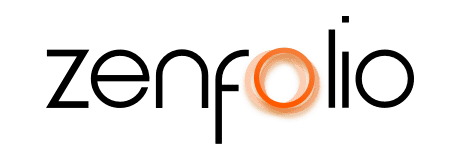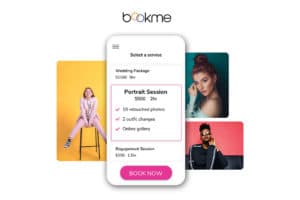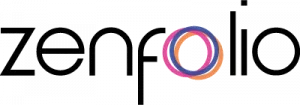Photographer Workflow: Olie Images
November 20th, 2019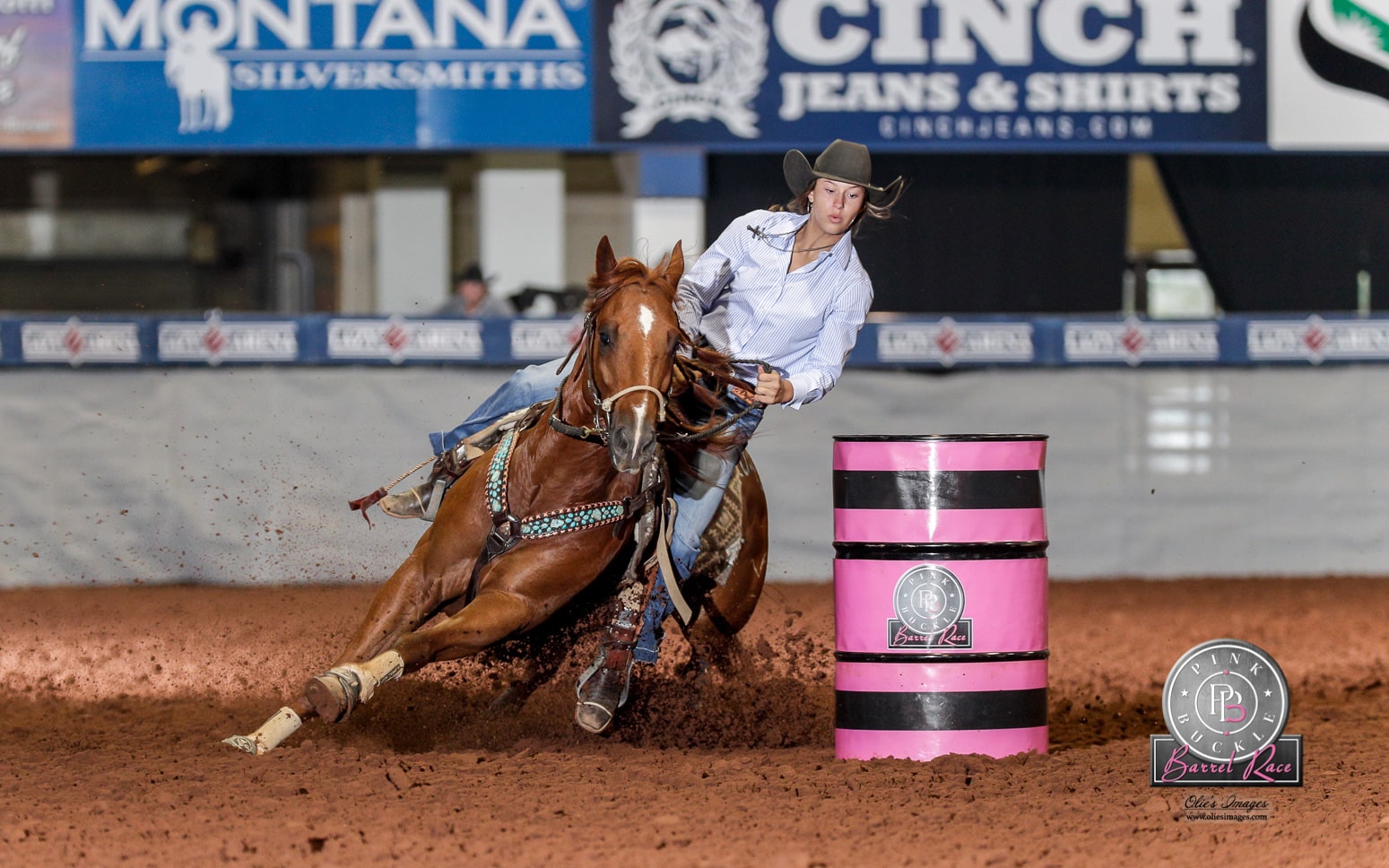
How did you become involved in photographing event photography? How long have you been photographing them?
I received my first camera (Canon 70D and Pro-100 Printer) at the beginning of July 2014 as an early birthday gift from my parents. I thought I could use it for my internship as a landman for Peabody Energy. However, after the first day, I realized that I didn’t ask my boss and she wasn’t impressed with my new plan. So, I was stuck with a new camera and no way to make money with it. So, my parent’s proposed a plan. They were producing a Team Roping and Barrel Race a week later. I was hesitant at first but decided to give it a try. So, I had one week to figure out how to use my camera, how to shoot action/sports photos, and how to print them on site. Fortunately our friends at Stallion Oilfield Services was nice enough to sponsor me with an office trailer to sell/print from. After that first two-day event I was able to pay my parents back for all the camera gear and buy some more gear. It was a big “ah-ha” moment for me. I realized that I could make more in 2 short days than I could working my 40+ hour work week. I was hooked from then on. Really, my core business model hasn’t changed since then, I’ve just gotten better at all aspects of it.
What does a typical photo day at an event look like for you?
Typically, I start out a day before an event to set up my booth, lights, and signs/banners. That usually takes two or more of us 4-8 hours. Then, we usually shoot 2-10+ day events. Usually, my crew and I arrive about 1 hour early for an event to make sure everything is working in the booth and any lighting we are using. Then we will usually shoot for 10-18 hours straight. I’m not shooting tethered at the moment but plans for changing to tethered are in the works. After shooting photos from a round, or group, or whenever there’s a good break for me to switch cards, I’ll put that CF card in an envelope and send it to the booth so they can start selling those photos. They will show photos to customers on 50” UHD 4k TV’s. I generally set up 2-5 of these viewing stations, each with a laptop and TV. When orders are completed from these viewing stations, they are given to the booth manager for printing. We typically run 2-3 printers so we can keep up with orders. Each printer is loaded with a common paper size like 5×7 or 8×10. If we need a different size then we can easily change. Speed is king here. We typically tell customers they can pick up their prints in a few minutes to an hour depending on how backed up we are.
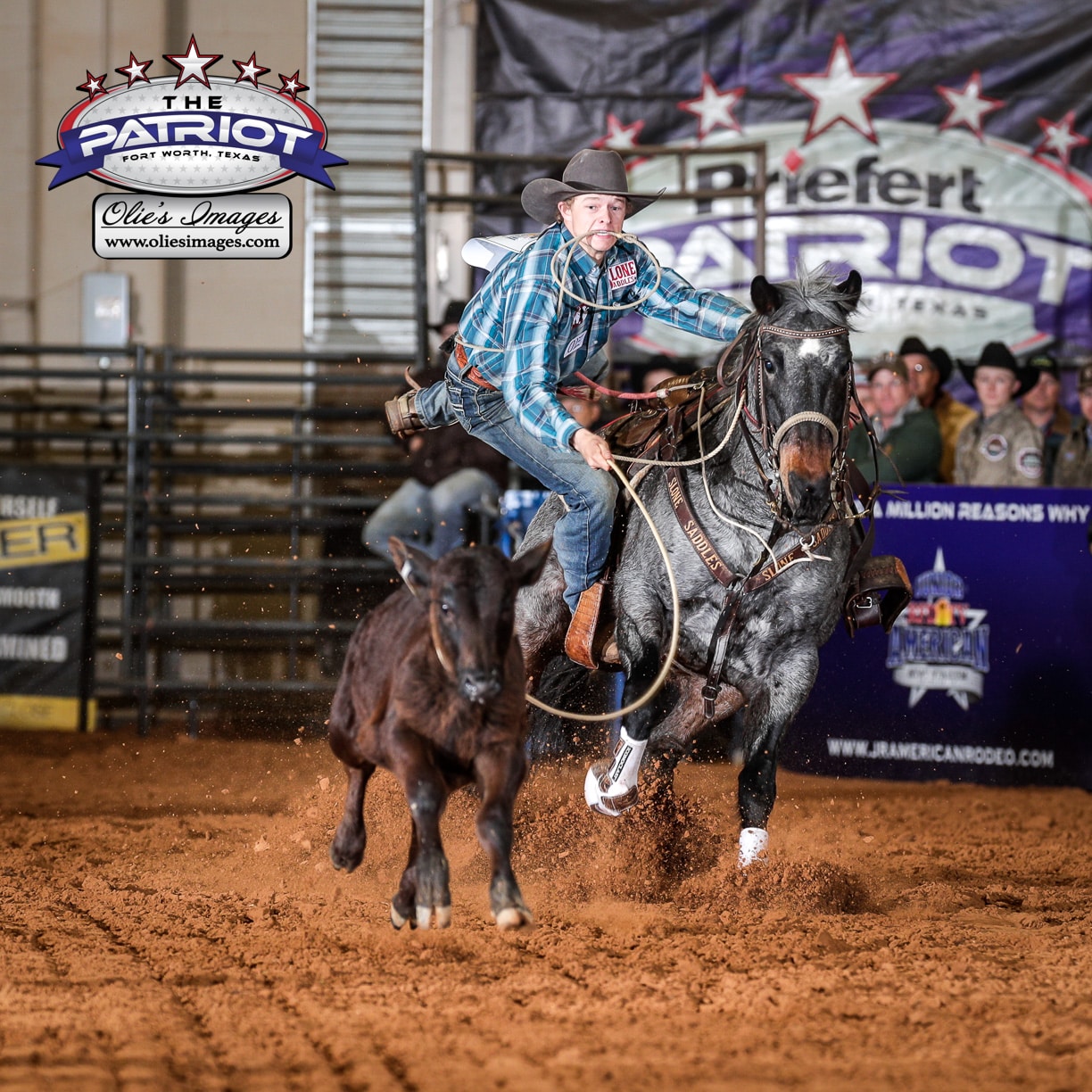
When customers come to pick up their prints, we used to give them to them in yellow envelopes. But no one else knows what is in there. So, I found some clear flat bags that seal up like envelopes. They are perfect for each print size and they are shiny. So, when clients walk around the light catches the bags and everyone can see they they have prints from today. It’s like a snowball effect. The more prints we get out there, the more people come to the booth to order prints. By the end of the last day, the booth is slammed and people are waiting in line. We do our best to move them through quickly. I try to judge how busy we are going to be in advance and set up as many viewing stations as I think we need while balancing labor costs.
By the time I’m done shooting each day the event is over and the booth is very busy when I get there. I’ll jump and help if they need it but typically they’ve got it handled. When the last customer leaves, typically an hour after the event finishes, then we go eat and get as much sleep as we can. Then it starts over the next day.
What does your sales model look like? Online Proofing post shoot? What have you found works best for your studio?
It seems like about 85-90% of sales come from my booth as described above. It is a close to instant gratification as possible at this time. That’s why I think people like it. They are right there in a confined space with us too, so that helps. They are feeling great about their run and want to capture that feeling in a photograph that they will have forever. If a photo gets damaged after purchase for any reason, we will replace it.
My booth manager is not only taking care of customer orders at the event but also uploading photos from the event to the website as we go. So, customers can order photos on the website without having to come see us in the booth. Or, they can know what photos they want and bring that information to the booth for us to print on site. After the event, typically the first few days, orders come in online. We are able to stay caught up pretty easily. I have an automated set of messages before they order and after completing their order to notify customers that we usually fulfill orders within 24 hours of completion.
I’ve found that leaving leaving photos online forever works great for me. Occasionally, I’ll receive orders even from my very first event. So, since Zenfolio lets me have unlimited storage its a no-brainer to leave them up there longterm. I have photos organized by year, event type, event name, etc. So, it’s pretty easy for customers to find their photos. Of course, some need special attention. For the select few, I’ll make a gallery just for them and share them a link to their photos. I’ve gotten substantially less of those requests lately because I’m now breaking down the photos into smaller groups that are easier to browse through.
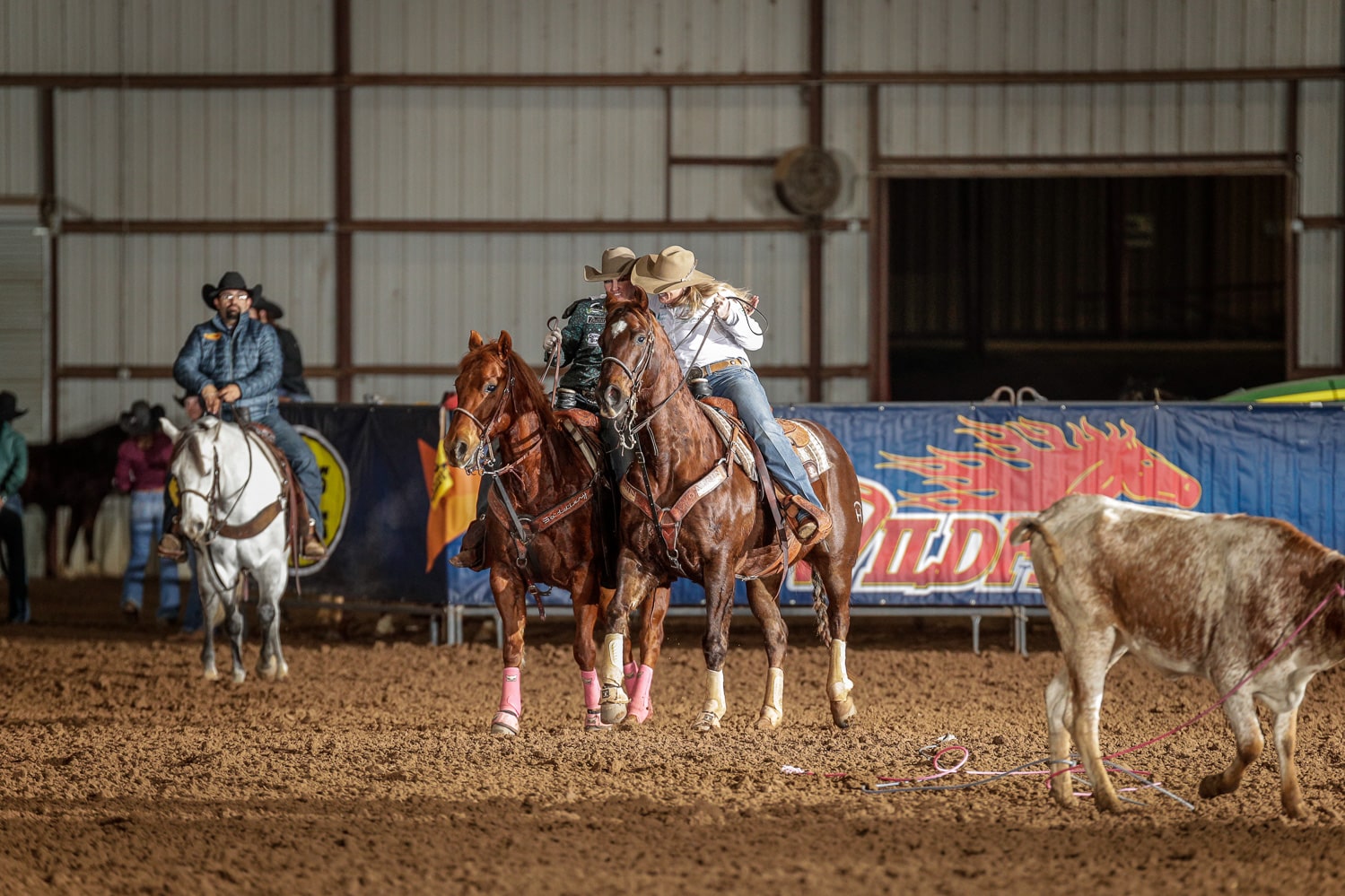
How do you identify who’s who in the photos for printing and online sales afterward?
This is a trick that I think keeps a lot of photographers on the struggle bus. However, because my parents are event producers I knew there was a way to print off a list of participants in the order that they rope or run barrels. So, I simply write down the last photo number of their run. To get the the start of their run we just add one to the number before it. We use this system to find photos of customers in the booth quickly. We just have a copy for each viewing station. Customers just need to know what their run number is. Most events text them that info, so they have it handy.
Online though, it is a little different. We do not have that info posted online anymore, It was too confusing for customers. So, we have photos broken down into groups of 25 runs or less. That way people only have to browse through a few others to find themselves. If they are say team 70 then they just have to go to group “Teams 51-75” then scroll to the bottom and go up a few teams. It’s really pretty simple. It would be nice to have it so they can search by name but it’s too labor intensive at this time to create that for them.
When they order online, I do not need to know their name or look up their photos. I can search the whole event on my hard drive for the photo’s file name. That gets it narrowed down to 1-6+ photos that have the same file name, depending on how many 10’s of thousands of photos I’ve taken at that event. Then, it’s easy to match the photo visually to the thumbnail on Zenfolio. I’ll put that photo in a customer’s file on my HD, edit it in Lightroom, and then upload it to my examples folder on Zenfolio. From there, I’ll swap it out in their order and approve the order. It’s a pretty fast workflow. I generally have 4-7 tabs open with customer orders because I can find, edit, and drop photos into the upload screen faster than they can upload. That way I’m not wasting any time.
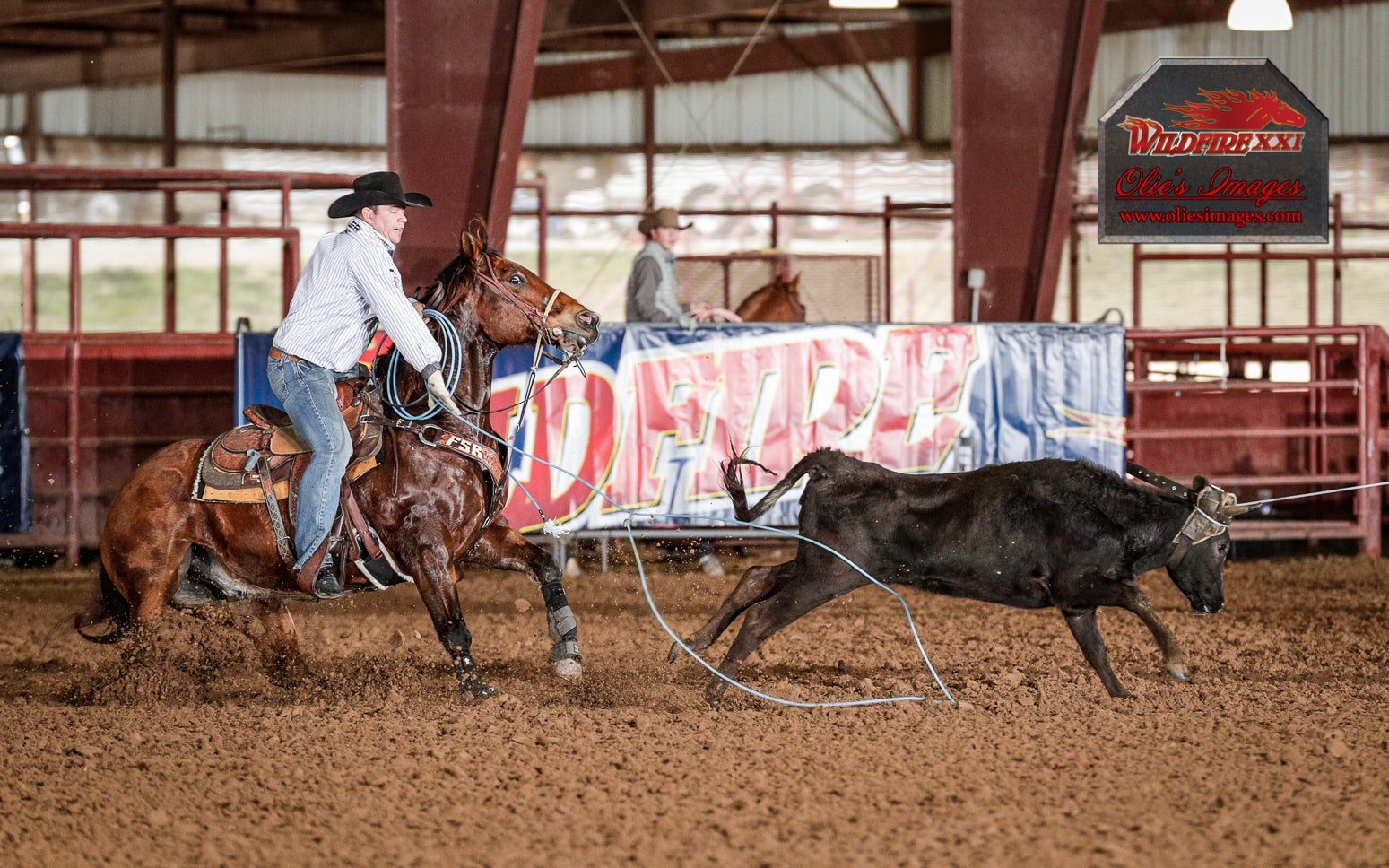
What does your average order value generally look like on a typical league shoot? How about purchasing rates, on average?
I’m in the Western United States area. I cover Wyoming, Montana, North Dakota, South Dakota, Nebraska, Texas, Arizona, Colorado, Nevada, etc. Most people are ordering one or two 8×10’s at $35 each. But, a handful will spend over $1,000 at an event on prints. Some just order a single social media copy at $20. So, average is probably around $100, though I haven’t calculated it. I have noticed that on average I’m bringing in about $1.00 per photo taken total. So, on a medium-large event I might take 20-30,000 photos. So, I can estimate that we will do $20-$30,000 in sales that week or weekend. Certainly not everyone buys, that’s why the rate is so low. If they all bought 8×10’s then that means I’m selling 1 out of every 35 photos I take. Not every photo I take is great of course. Often its the people in the photo, or their horses, or something else. So, not everyone that wants a photo will come out with one they like enough to order. It is not something to get upset over, just the law of large numbers. Purchasing rates also depends on the prestige of the event. Big events will obviously entice people to buy more photos because they are proud to be there.
How has Zenfolio helped your business? What do you like best about our service?
Zenfolio is great because it allows me to customize my website so I can optimize for sales. I like the form and function. With anything there’s a learning curve but it’s pretty user friendly right of the gate. I’d say, that having Phil Ritti helping me with my questions, weird requests, general insight has really helped me. I appreciate that Zenfolio gives users like myself the opportunity to have the assistance of a specific person, like Phil. I would hate to have to start over with someone new every time I had a question. I feel like most of my business doesn’t fit the normal mold and having Phil as a constant help has been great. We tend to build on each others ideas instead of having someone random every time.
